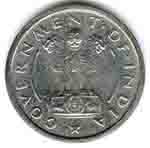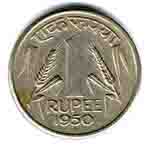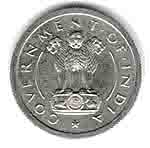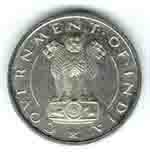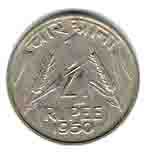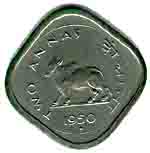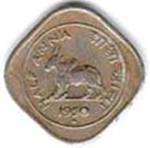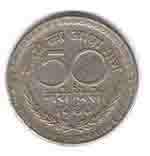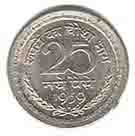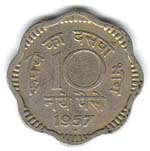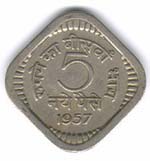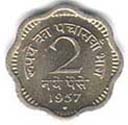
 It got its name because its founders got started by applying patches to code written for NCSA's httpd daemon. The result was 'A PAtCHy' server - thus, the name Apache.
It got its name because its founders got started by applying patches to code written for NCSA's httpd daemon. The result was 'A PAtCHy' server - thus, the name Apache. Favourite fruit of founder Steve Jobs. He was three months late in filing a name for the business, and he threatened to call his company Apple Computers if the other colleagues didn't suggest a better name by 5 o'clock.
Favourite fruit of founder Steve Jobs. He was three months late in filing a name for the business, and he threatened to call his company Apple Computers if the other colleagues didn't suggest a better name by 5 o'clock. The name is not an acronym but an abbreviation of San Francisco . The company's logo reflects its San Francisco name heritage. It represents a stylized Golden Gate Bridge.
The name is not an acronym but an abbreviation of San Francisco . The company's logo reflects its San Francisco name heritage. It represents a stylized Golden Gate Bridge.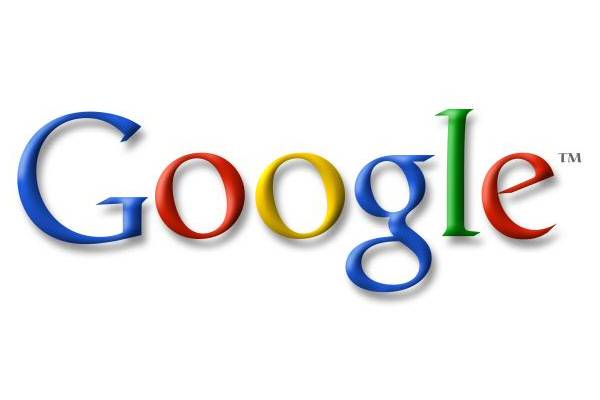 The name started as a jockey boast about the amount of information the search-engine would be able to search. It was originally named 'Googol', a word for the number represented by 1 followed by 100 zeros. After founders - Stanford graduate students Sergey Brin and Larry Page presented their project to an angel investor, they received a cheque made out to 'Google'.
The name started as a jockey boast about the amount of information the search-engine would be able to search. It was originally named 'Googol', a word for the number represented by 1 followed by 100 zeros. After founders - Stanford graduate students Sergey Brin and Larry Page presented their project to an angel investor, they received a cheque made out to 'Google'. Bill Hewlett and Dave Packard tossed a coin to decide whether the company they founded would be called Hewlett-Packard or Packard-Hewlett.
Bill Hewlett and Dave Packard tossed a coin to decide whether the company they founded would be called Hewlett-Packard or Packard-Hewlett. Founder Jack Smith got the idea of accessing email via the web from a computer anywhere in the world. When Sabeer Bhatia came up with the business plan for the mail service, he tried all kinds of names ending in 'mail' and finally settled for Hotmail as it included the letters "html" - the programming language used to write web pages. It was initially referred to as HoTMaiL with selective upper casings.
Founder Jack Smith got the idea of accessing email via the web from a computer anywhere in the world. When Sabeer Bhatia came up with the business plan for the mail service, he tried all kinds of names ending in 'mail' and finally settled for Hotmail as it included the letters "html" - the programming language used to write web pages. It was initially referred to as HoTMaiL with selective upper casings. Bob Noyce and Gordon Moore wanted to name their new company ' Moore Noyce' but that was already trademarked by a hotel chain, so they had to settle for an acronym of INTegrated Electronics.
Bob Noyce and Gordon Moore wanted to name their new company ' Moore Noyce' but that was already trademarked by a hotel chain, so they had to settle for an acronym of INTegrated Electronics. Mitch Kapor got the name for his company from the lotus position or 'padmasana.' Kapor used to be a teacher of Transcendental Meditation of Maharishi Mahesh Yogi.
Mitch Kapor got the name for his company from the lotus position or 'padmasana.' Kapor used to be a teacher of Transcendental Meditation of Maharishi Mahesh Yogi. It was coined by Bill Gates to represent the company that was devoted to MICROcomputer SOFTware. Originally christened Micro-Soft, the '-' was removed later on.
It was coined by Bill Gates to represent the company that was devoted to MICROcomputer SOFTware. Originally christened Micro-Soft, the '-' was removed later on. Founder Paul Galvin came up with this name when his company started manufacturing radios for cars. The popular radio company at the time was called Victrola.
Founder Paul Galvin came up with this name when his company started manufacturing radios for cars. The popular radio company at the time was called Victrola. Larry Ellison and Bob Oats were working on a consulting project for the Central Intelligence Agency (CIA). The code name for the project was called Oracle (the CIA saw this as the system to give answers to all questions or something such).
Larry Ellison and Bob Oats were working on a consulting project for the Central Intelligence Agency (CIA). The code name for the project was called Oracle (the CIA saw this as the system to give answers to all questions or something such). Company founder Marc Ewing was given the Cornell lacrosse team cap (with red and white stripes) while at college by his grandfather. He lost it and had to search for it desperately. The manual of the beta version of Red Hat Linux had an appeal to readers to return his Red Hat if found by anyone.
Company founder Marc Ewing was given the Cornell lacrosse team cap (with red and white stripes) while at college by his grandfather. He lost it and had to search for it desperately. The manual of the beta version of Red Hat Linux had an appeal to readers to return his Red Hat if found by anyone.
Sony
 From the Latin word 'sonus' meaning sound, and 'sonny' a slang used by Americans to refer to a bright youngster.
From the Latin word 'sonus' meaning sound, and 'sonny' a slang used by Americans to refer to a bright youngster.Sun Microsystems
 The Greek root "xer" means dry. The inventor, Chestor Carlson , named his product Xerox as it was dry copying, markedly different from the then prevailing wet copying.
The Greek root "xer" means dry. The inventor, Chestor Carlson , named his product Xerox as it was dry copying, markedly different from the then prevailing wet copying.


